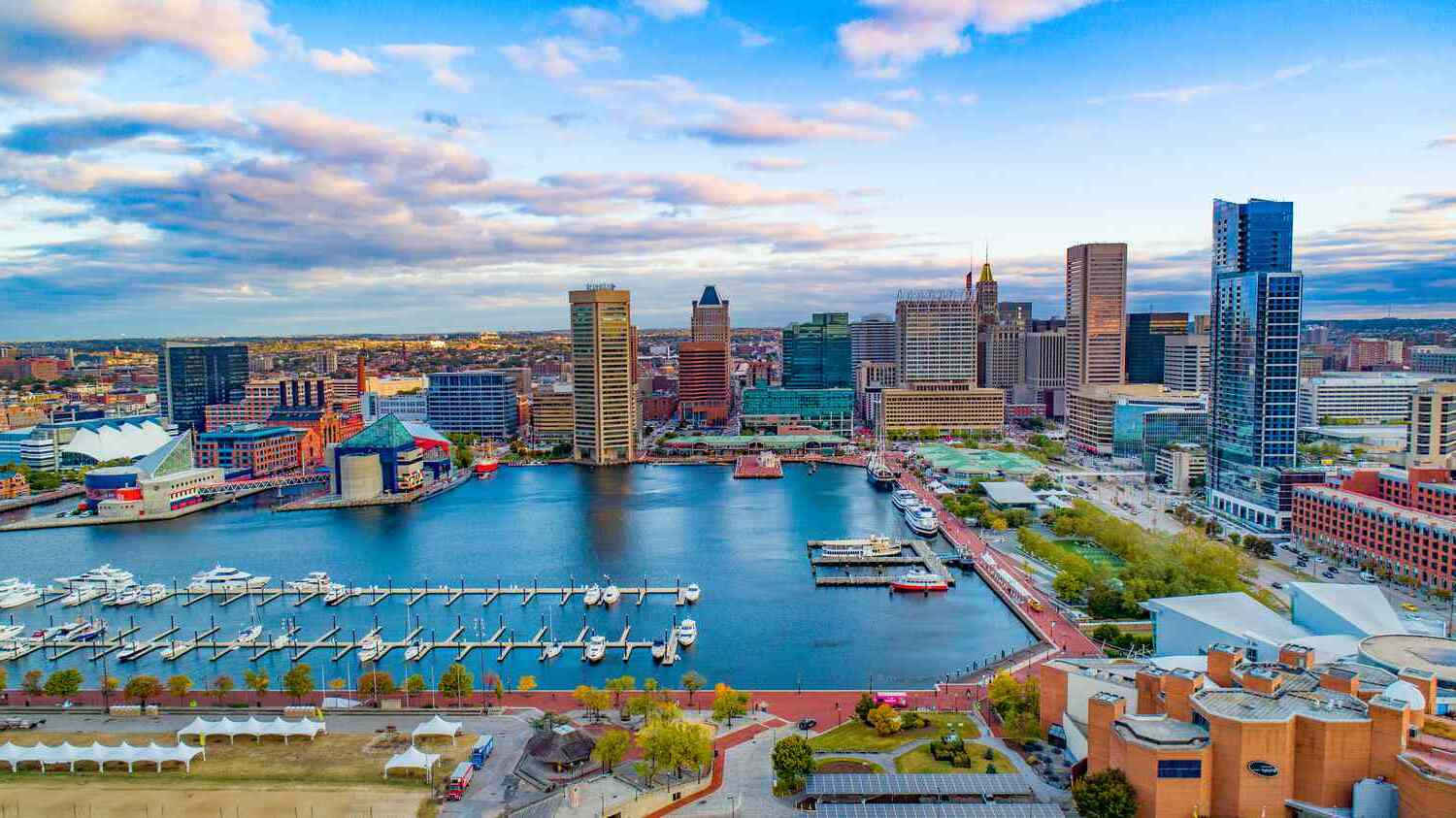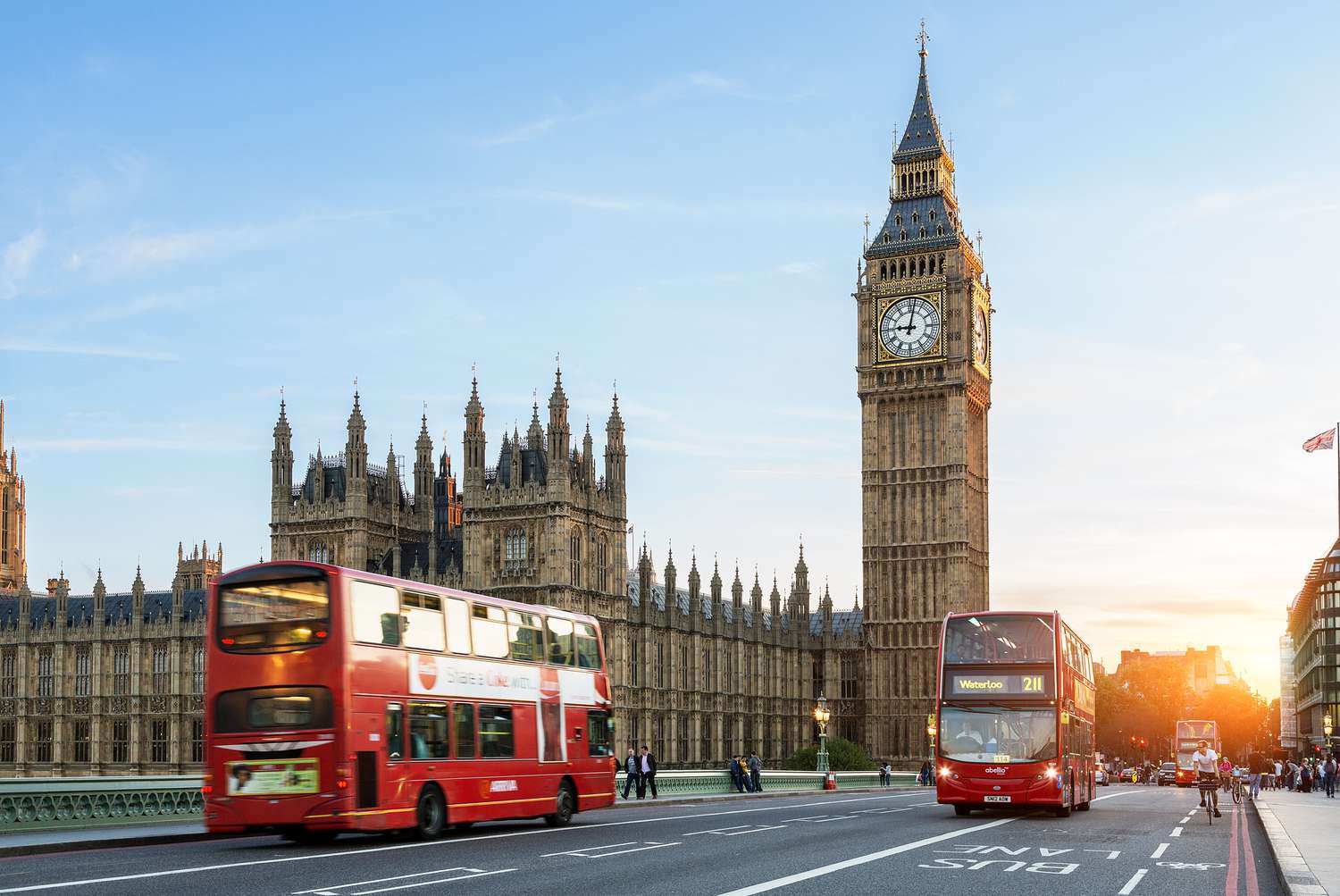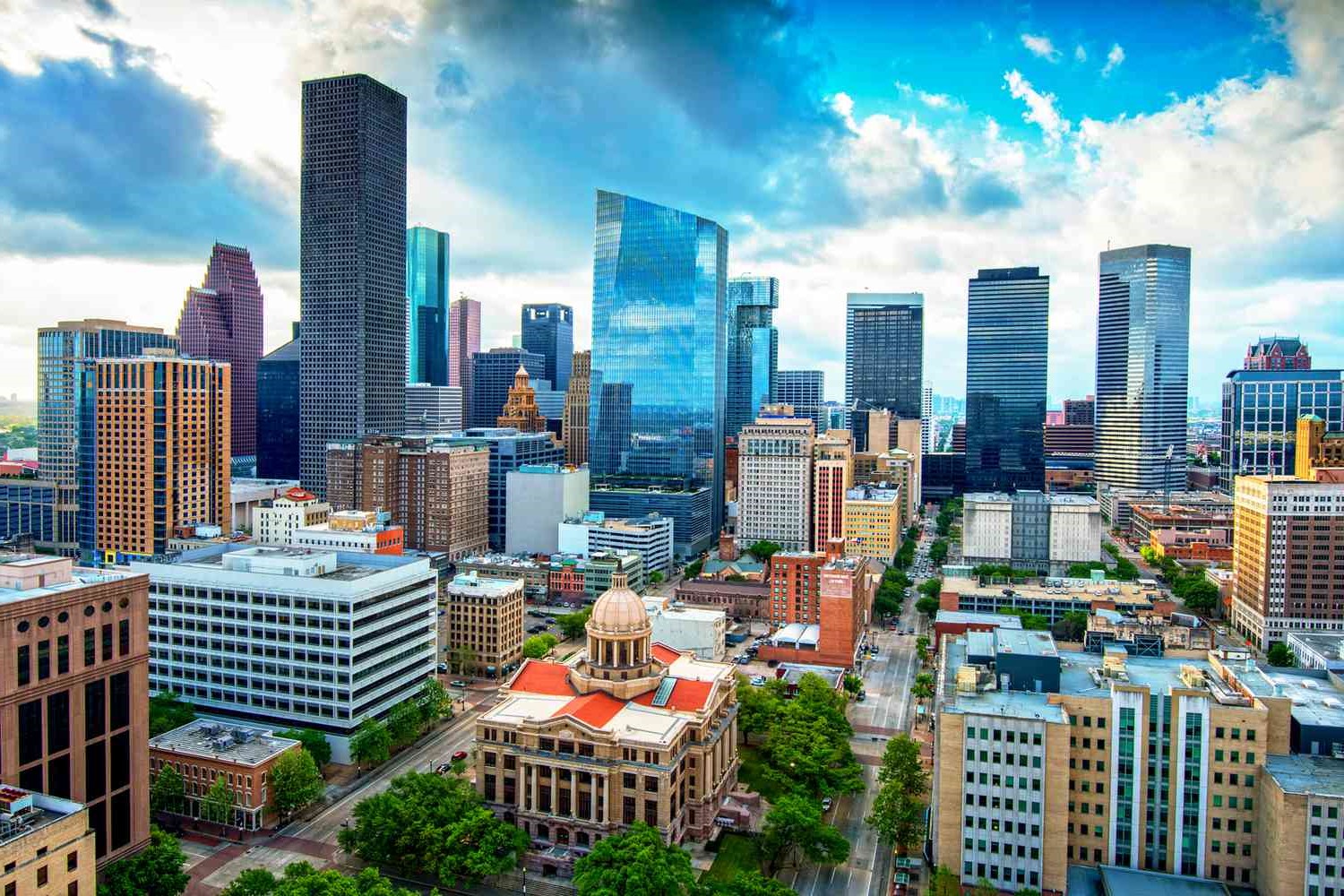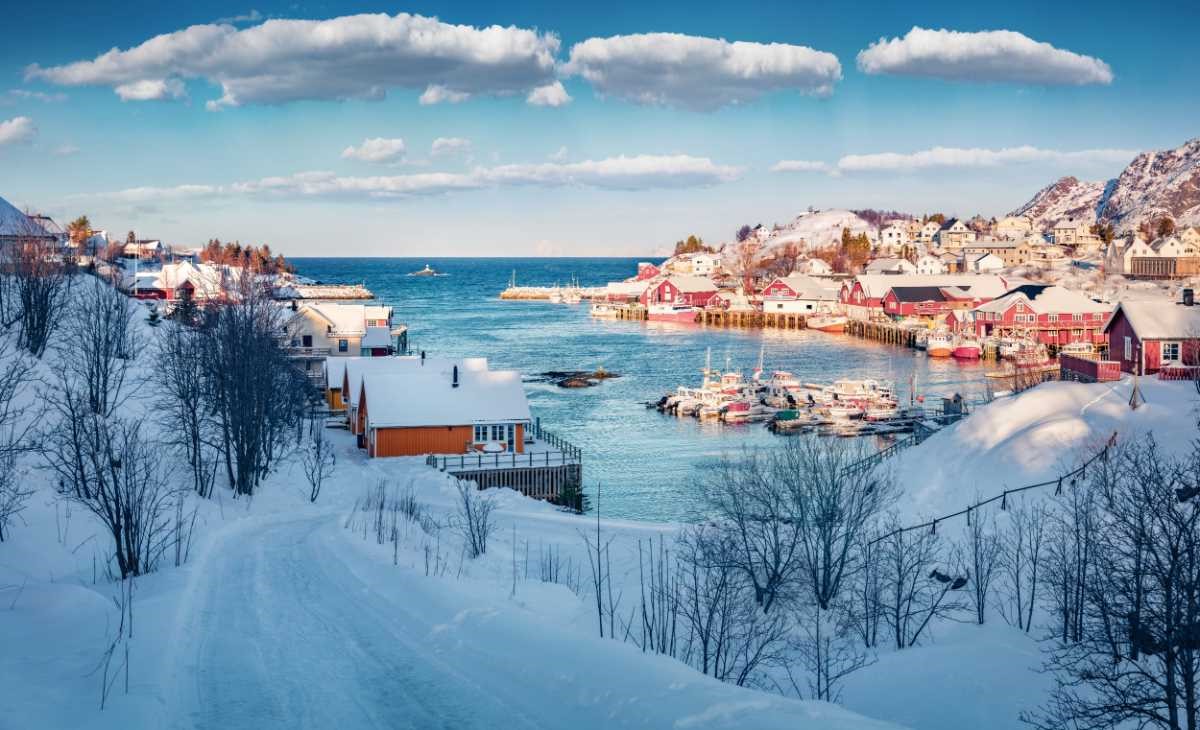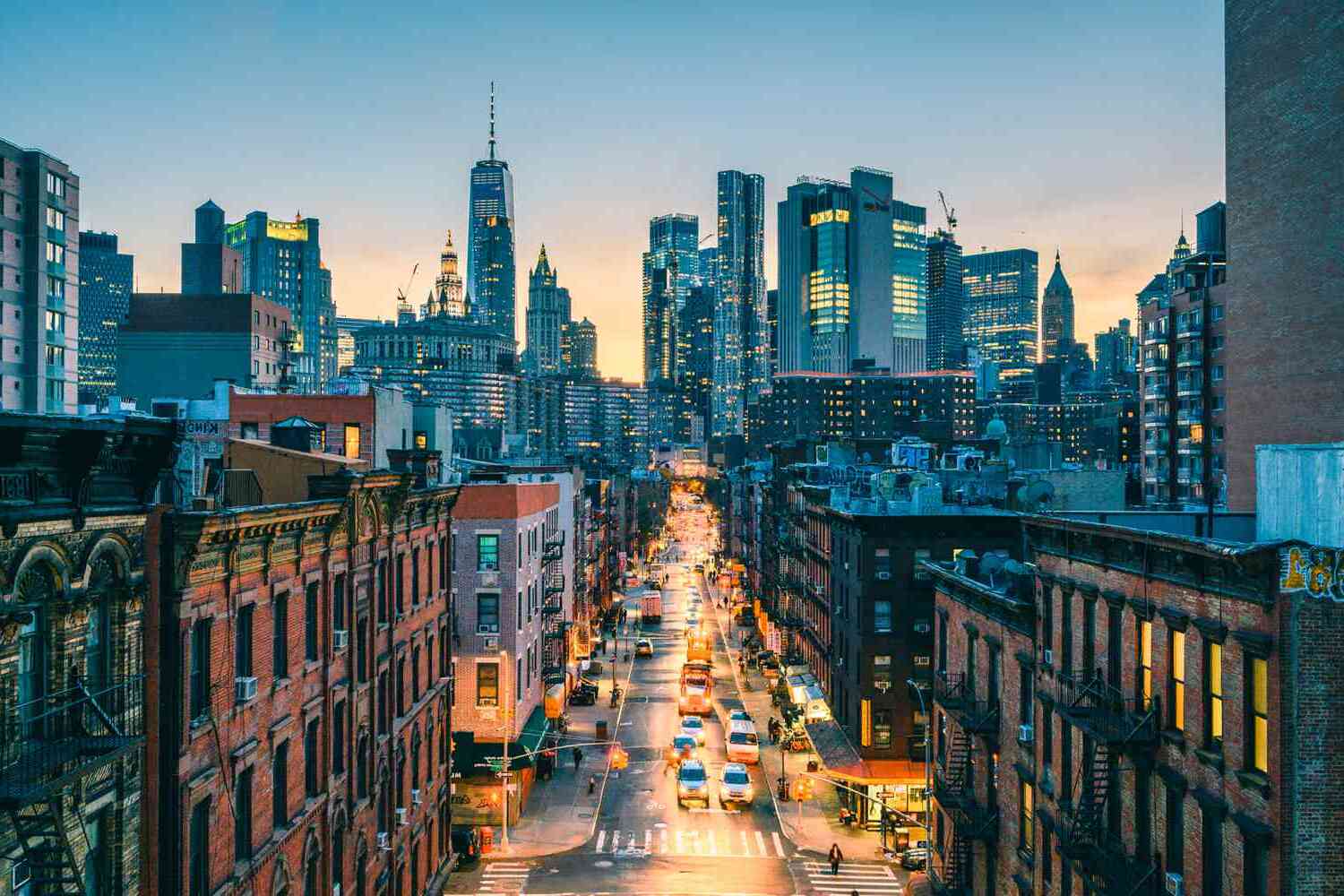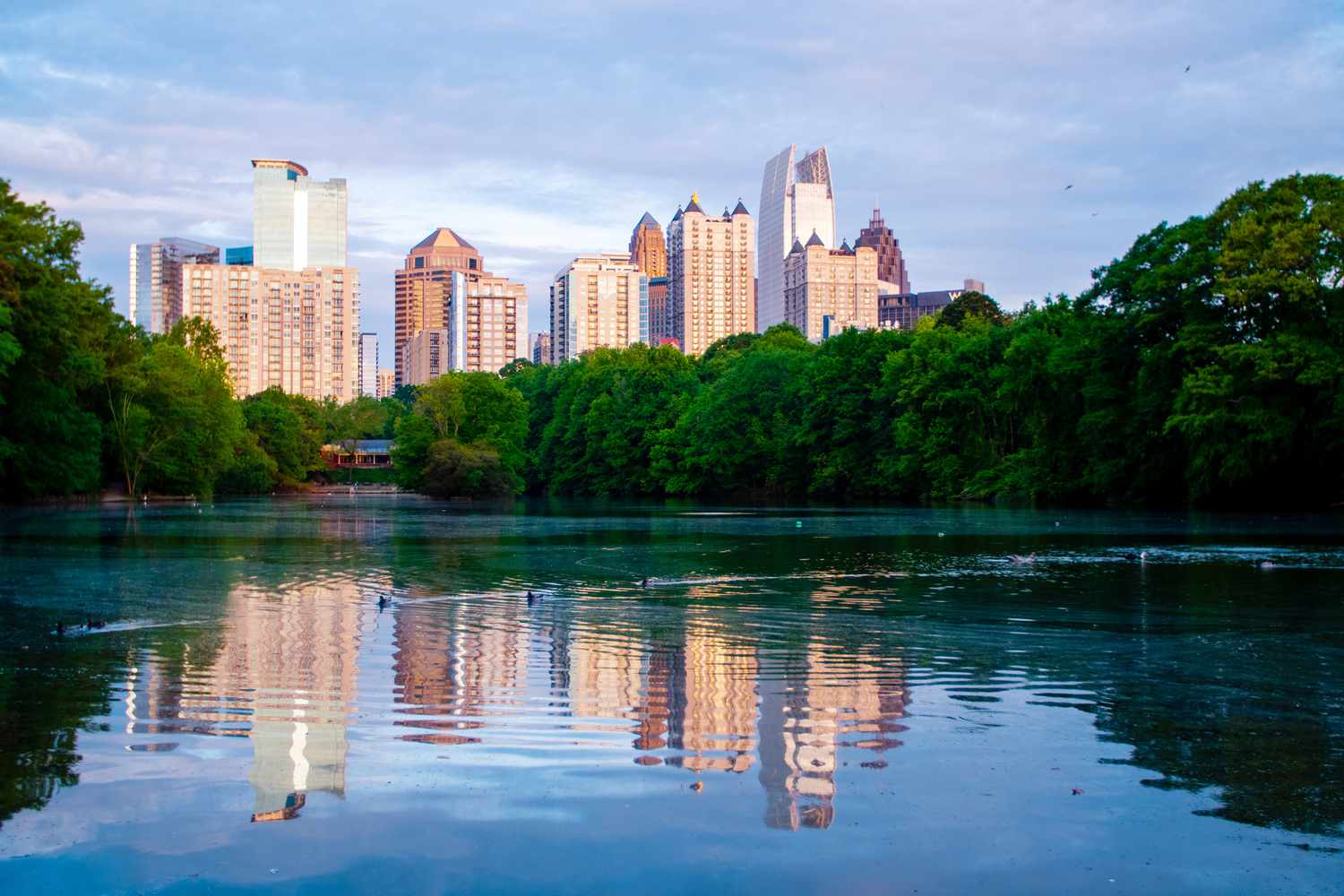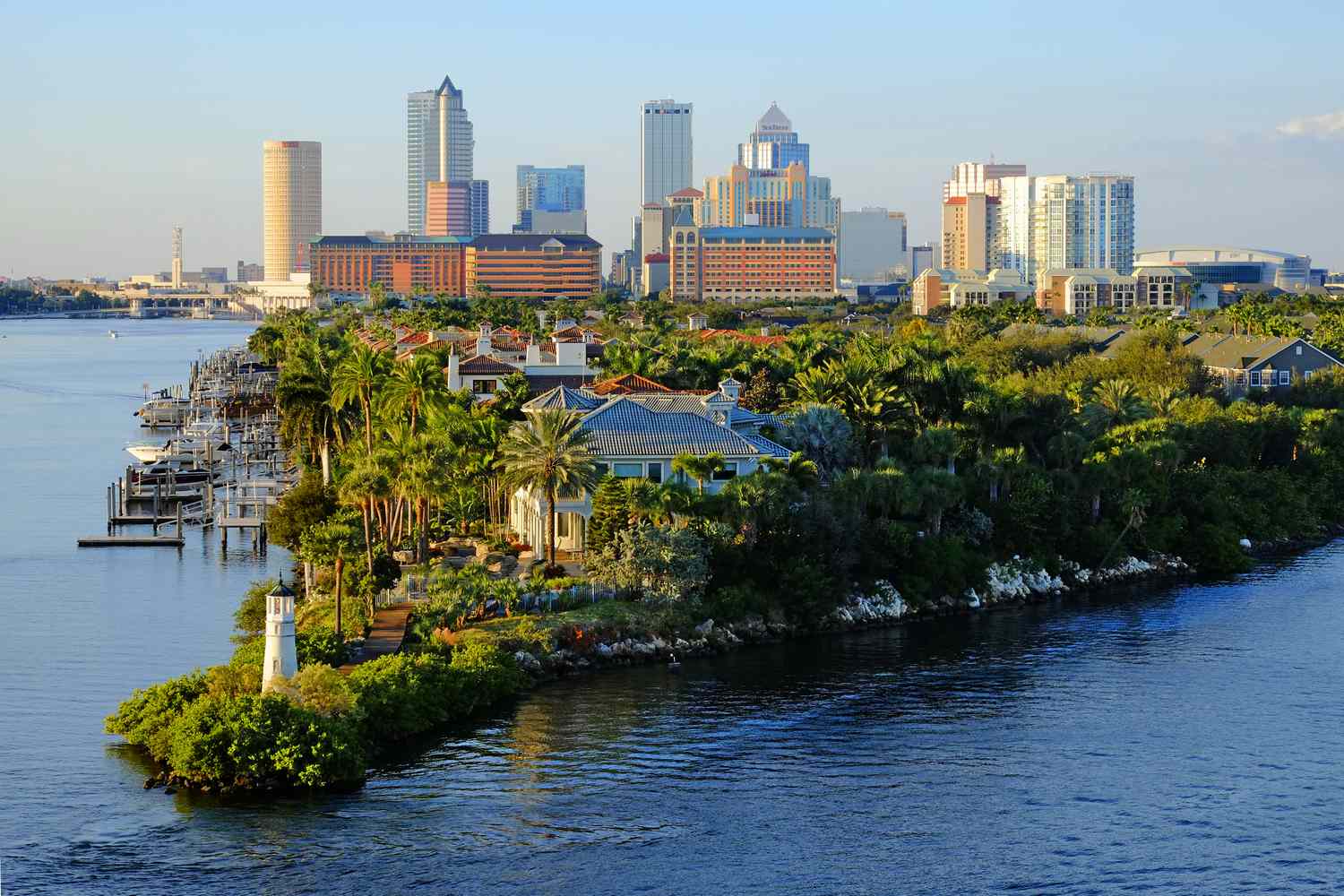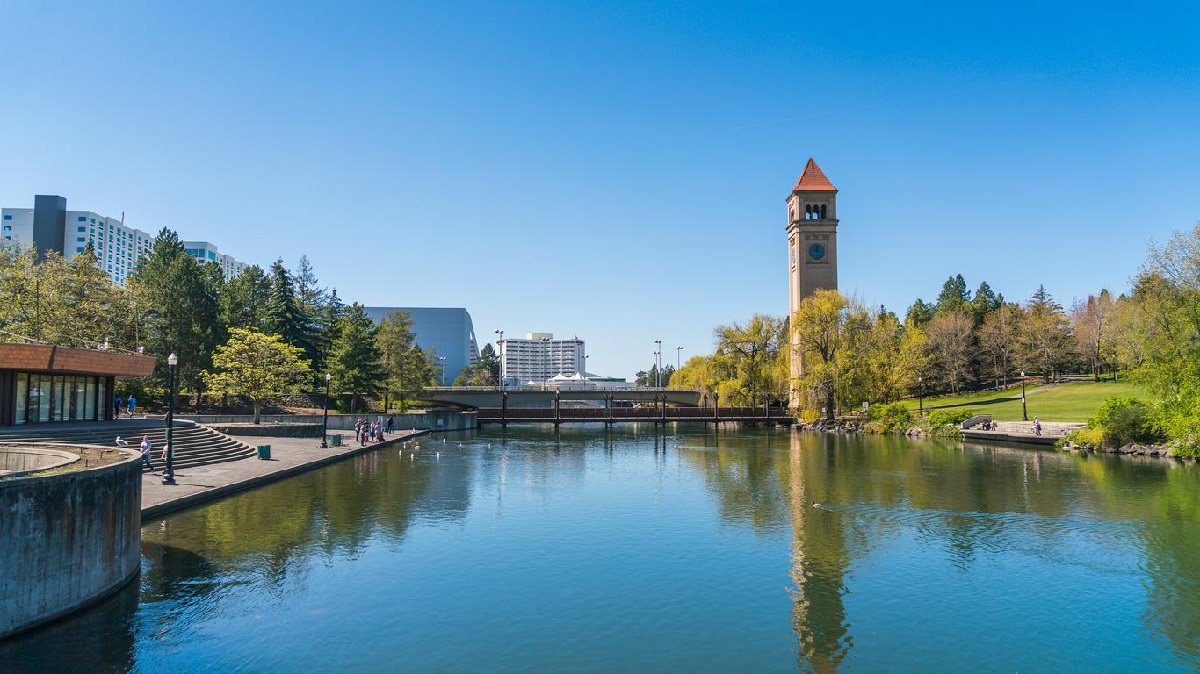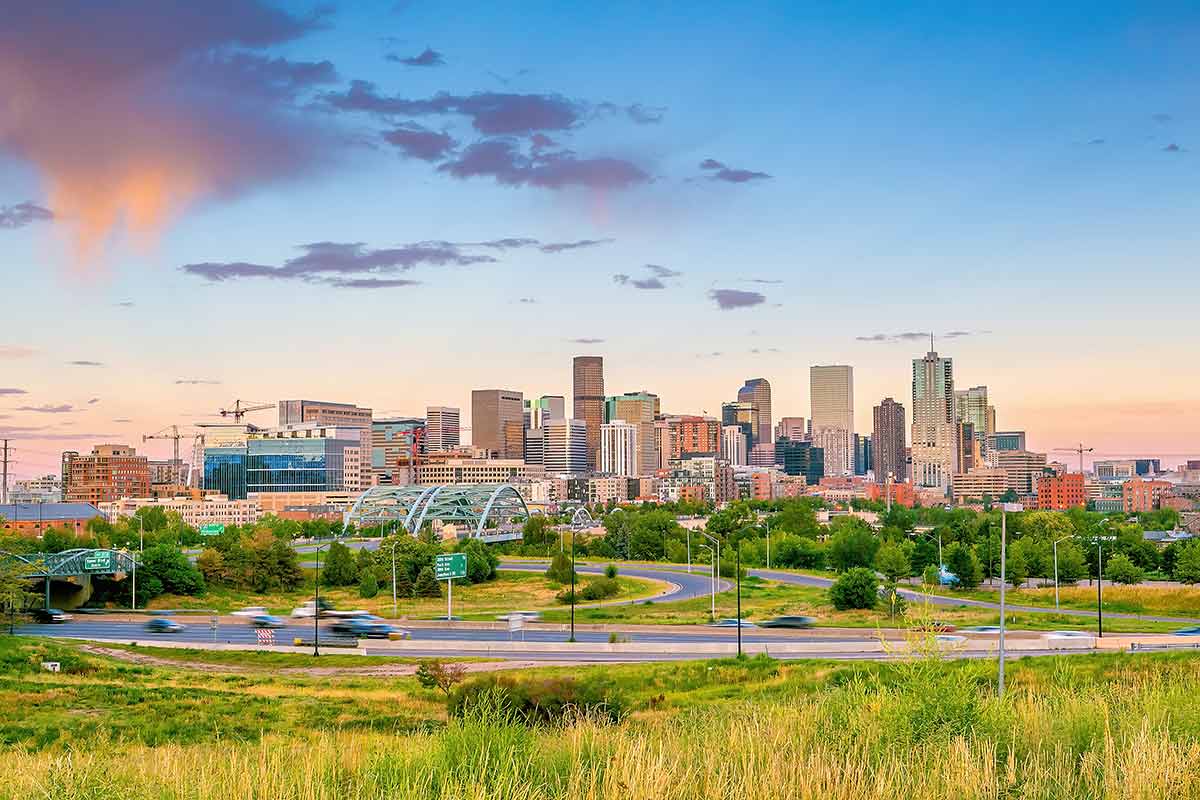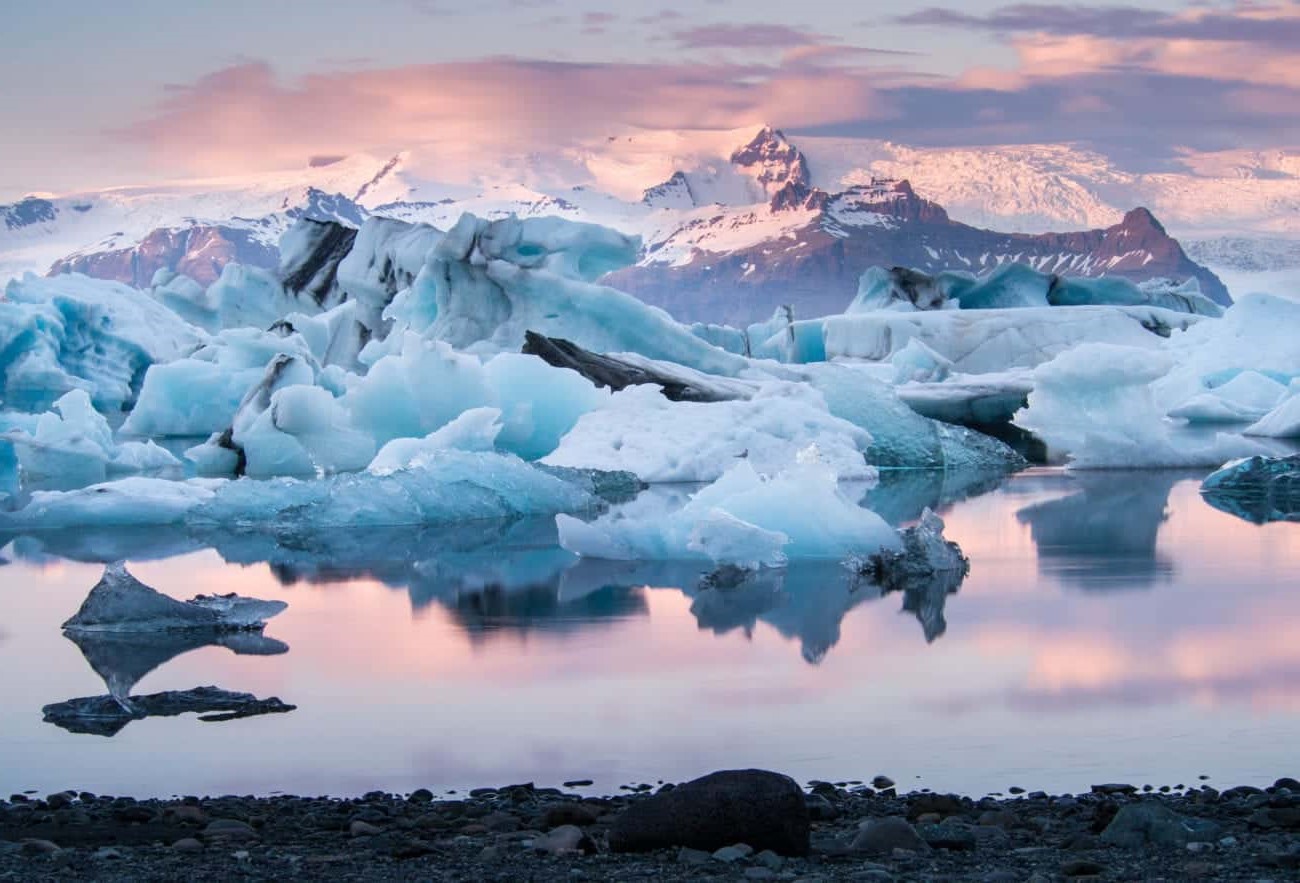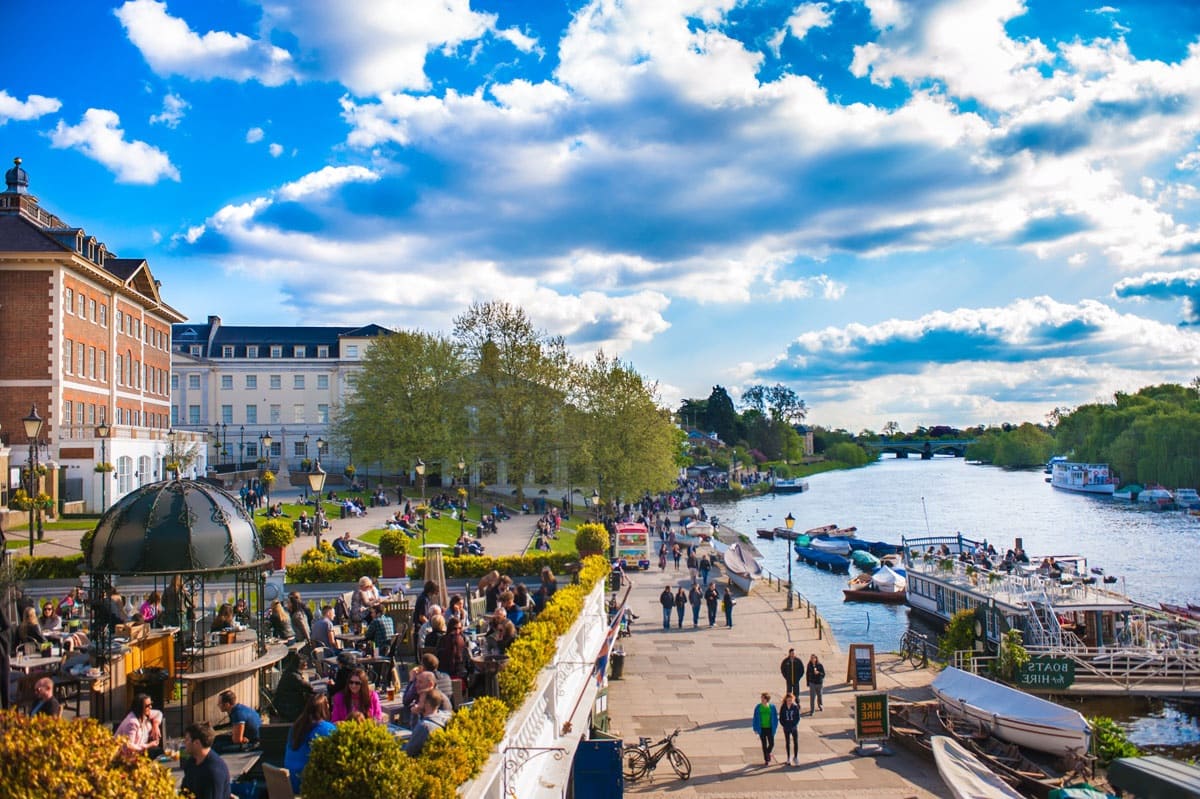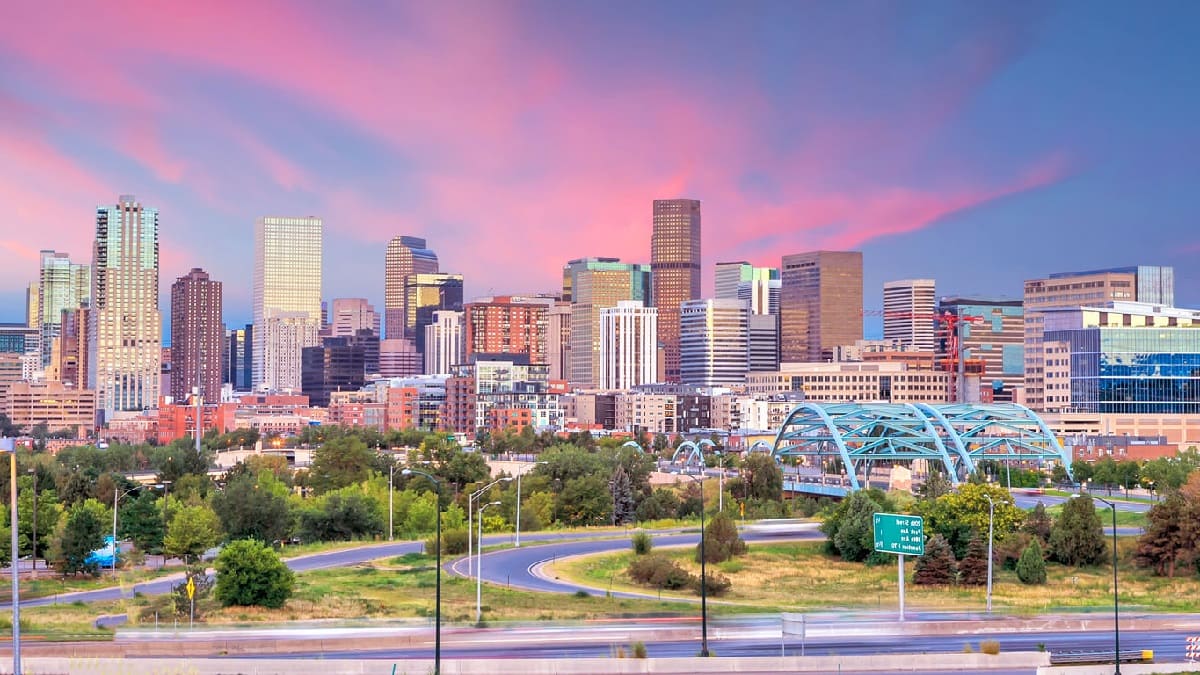Home>Weather and Climate>Breckenridge Climate: Average Temperature Guide
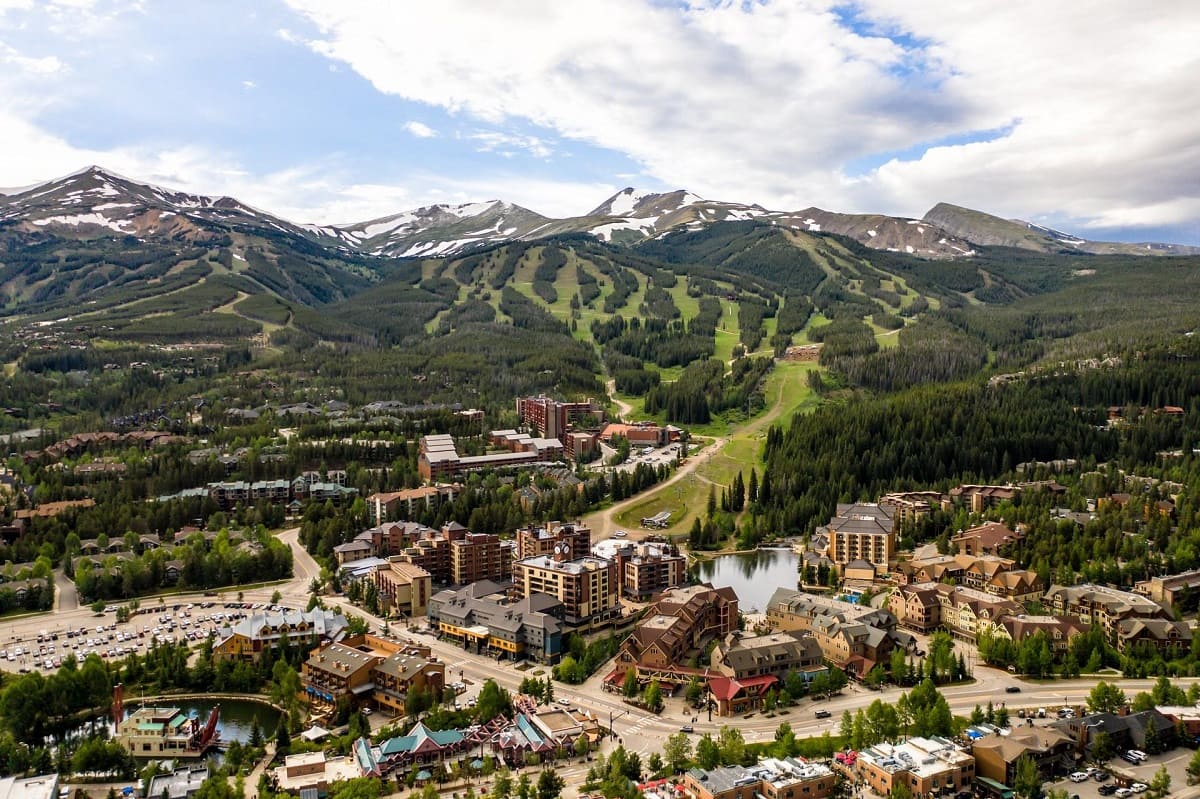

Weather and Climate
Breckenridge Climate: Average Temperature Guide
Published: March 7, 2024
Plan your trip to Breckenridge with our comprehensive weather and climate guide. Discover average temperatures and prepare for your visit.
(Many of the links in this article redirect to a specific reviewed product. Your purchase of these products through affiliate links helps to generate commission for Temperatures.com, at no extra cost. Learn more)
Table of Contents
Introduction
Breckenridge, Colorado, is a picturesque town nestled in the Rocky Mountains, renowned for its stunning natural beauty and world-class skiing. The climate in Breckenridge is characterized by its alpine features, offering visitors and residents a unique experience throughout the year. Understanding the climate patterns and average temperatures in Breckenridge is essential for anyone planning to visit or live in this charming mountain town. Whether you're an outdoor enthusiast, a nature lover, or simply seeking a tranquil escape, knowing what to expect from Breckenridge's climate will enhance your overall experience in this captivating destination.
The climate in Breckenridge is influenced by its high elevation and proximity to the Continental Divide, resulting in distinct seasonal variations and temperature fluctuations. From the snow-covered winters to the refreshing summers, Breckenridge offers a diverse range of weather conditions that cater to a wide array of activities and interests. Whether you're planning a ski trip during the winter months or seeking adventure in the great outdoors during the summer, understanding the climate in Breckenridge is crucial for making the most of your time in this idyllic mountain town.
In this comprehensive guide, we will delve into the nuances of Breckenridge's climate, providing valuable insights into the average temperatures by season, the factors that influence the local weather patterns, and practical tips for dressing appropriately to stay comfortable in any weather conditions. By gaining a deeper understanding of Breckenridge's climate, you'll be well-equipped to make the most of your visit or residency in this enchanting mountain paradise. So, let's embark on a journey to unravel the captivating climate of Breckenridge, Colorado, and discover the secrets of its ever-changing weather patterns.
Read more: Miami Average Temperature Guide
Understanding Breckenridge Climate
Breckenridge, Colorado, boasts a unique alpine climate that is shaped by its high elevation and proximity to the Continental Divide. Situated at an elevation of approximately 9,600 feet above sea level, Breckenridge experiences distinct seasonal variations, offering a diverse range of weather conditions throughout the year.
The winter season in Breckenridge is synonymous with snow-covered landscapes and world-class skiing opportunities. From November to March, the town transforms into a winter wonderland, attracting snow enthusiasts from around the globe. The average winter temperature in Breckenridge hovers around 28°F (-2°C), with occasional cold snaps bringing sub-zero temperatures. The town receives abundant snowfall during this time, creating the perfect setting for winter sports and outdoor adventures.
As the winter transitions into spring, Breckenridge experiences a gradual thawing of the snow-covered terrain, giving way to blooming wildflowers and rejuvenated landscapes. Spring temperatures in Breckenridge range from 35°F to 55°F (2°C to 13°C), offering a pleasant environment for outdoor activities such as hiking, biking, and exploring the natural beauty of the surrounding mountains.
Summer in Breckenridge brings mild and refreshing weather, with average temperatures ranging from 45°F to 75°F (7°C to 24°C). The long daylight hours and comfortable temperatures make it an ideal time for outdoor pursuits, including hiking, fishing, and enjoying the vibrant local events and festivals.
As summer transitions into fall, Breckenridge showcases a breathtaking display of autumn foliage as the aspen trees don their golden hues. The fall temperatures range from 35°F to 60°F (2°C to 15°C), creating a picturesque backdrop for scenic drives, hiking, and immersing in the stunning fall colors.
The climate in Breckenridge is characterized by its dramatic seasonal shifts, offering a captivating tapestry of weather patterns that cater to a wide range of interests and activities. Whether you're drawn to the exhilarating winter sports, the vibrant colors of fall, or the endless outdoor adventures in the summer, Breckenridge's climate sets the stage for a memorable and diverse mountain experience.
Average Temperature by Season
Breckenridge, Colorado, experiences distinct seasonal variations, each offering a unique climate and average temperatures that shape the town's allure throughout the year.
Winter: From November to March, Breckenridge is blanketed in snow, creating a winter wonderland for snow enthusiasts. The average winter temperature in Breckenridge hovers around 28°F (-2°C), with occasional cold snaps bringing sub-zero temperatures. This chilly climate sets the stage for world-class skiing and snowboarding, drawing winter sports enthusiasts to revel in the powdery slopes and exhilarating alpine adventures.
Spring: As winter transitions into spring, Breckenridge undergoes a gradual thawing of the snow-covered landscapes, giving way to blooming wildflowers and rejuvenated terrains. Spring temperatures in Breckenridge range from 35°F to 55°F (2°C to 13°C), offering a pleasant environment for outdoor activities such as hiking, biking, and exploring the natural beauty of the surrounding mountains.
Summer: Breckenridge's summer brings mild and refreshing weather, with average temperatures ranging from 45°F to 75°F (7°C to 24°C). The long daylight hours and comfortable temperatures make it an ideal time for outdoor pursuits, including hiking, fishing, and enjoying the vibrant local events and festivals. The pleasant summer climate invites visitors to immerse themselves in the breathtaking mountain scenery and partake in a myriad of outdoor adventures.
Fall: As summer transitions into fall, Breckenridge showcases a breathtaking display of autumn foliage as the aspen trees don their golden hues. The fall temperatures range from 35°F to 60°F (2°C to 15°C), creating a picturesque backdrop for scenic drives, hiking, and immersing in the stunning fall colors. The crisp autumn air and vibrant landscapes make it an enchanting time to explore the natural splendor of Breckenridge and witness the captivating transformation of the mountain vistas.
The diverse range of average temperatures by season in Breckenridge sets the stage for a captivating array of outdoor activities and experiences, catering to a wide spectrum of interests and preferences. Whether you're drawn to the adrenaline-pumping winter sports, the vibrant colors of fall, or the endless outdoor adventures in the summer, Breckenridge's climate offers a rich tapestry of seasonal delights for visitors and residents alike.
Factors Affecting Breckenridge Temperature
The temperature in Breckenridge, Colorado, is influenced by a myriad of factors that contribute to the town's unique climate and seasonal variations. Understanding these influential elements provides valuable insights into the dynamics of Breckenridge's temperature patterns and the environmental forces at play.
-
Elevation: Breckenridge's high elevation significantly impacts its temperature. Situated at approximately 9,600 feet above sea level, the town experiences cooler temperatures compared to lower-lying areas. The higher elevation results in thinner air, which leads to more rapid cooling at night and milder daytime temperatures, shaping the overall climate of Breckenridge.
-
Continental Divide: Breckenridge's proximity to the Continental Divide plays a pivotal role in shaping its climate. The Continental Divide, running along the crest of the Rocky Mountains, influences weather patterns by creating a barrier that affects the movement of air masses. This geographical feature contributes to the distinct seasonal variations and temperature fluctuations experienced in Breckenridge.
-
Mountainous Terrain: The surrounding mountainous terrain exerts a significant influence on Breckenridge's temperature. The rugged landscape not only enhances the town's scenic beauty but also contributes to temperature differentials within the region. The mountains impact wind patterns, precipitation, and localized weather phenomena, resulting in diverse microclimates across Breckenridge.
-
Solar Radiation: The angle and intensity of solar radiation at high altitudes impact Breckenridge's temperature. The sun's rays have a more direct and intense effect at higher elevations, leading to rapid heating during the day and quicker cooling at night. This solar influence contributes to the distinctive temperature dynamics observed in Breckenridge throughout the year.
-
Weather Systems: Breckenridge's temperature is influenced by the movement of weather systems across the region. The interaction of air masses, frontal boundaries, and atmospheric disturbances contributes to the town's weather patterns, leading to fluctuations in temperature and precipitation. The interplay of these weather systems shapes the seasonal climate experienced in Breckenridge.
-
Geographical Orientation: The geographical orientation of Breckenridge and its surrounding valleys impacts temperature distribution. The alignment of the town within the mountainous landscape affects sun exposure, wind flow, and temperature gradients, contributing to localized variations in temperature and weather conditions.
Understanding the interplay of these factors provides a comprehensive perspective on the intricate dynamics of Breckenridge's temperature. The convergence of elevation, geographical features, solar influences, and weather dynamics collectively shapes the captivating climate of Breckenridge, offering a rich tapestry of environmental elements that define the town's unique atmospheric character.
Tips for Dressing for Breckenridge Climate
Dressing appropriately for Breckenridge's diverse climate is essential to ensure comfort and enjoyment during your visit or residency in this captivating mountain town. The fluctuating temperatures and ever-changing weather conditions demand a strategic approach to dressing that accommodates the nuances of each season. Whether you're exploring the snow-covered slopes in winter, embarking on scenic hikes in spring, basking in the summer sunshine, or admiring the vibrant fall foliage, here are valuable tips for dressing for Breckenridge's climate:
Read more: Puerto Rico’s Average Temperature Guide
Layering is Key:
Embrace the art of layering to adapt to Breckenridge's variable climate. Start with a moisture-wicking base layer to keep dry and insulated, followed by a thermal or fleece layer for added warmth. Top it off with a waterproof and windproof outer layer to shield against snow, rain, and chilly winds. This versatile approach allows you to adjust your clothing according to the changing weather throughout the day.
Winter Essentials:
During the winter months, prioritize warm and waterproof clothing. Opt for insulated jackets, thermal pants, and waterproof snow boots to stay cozy and dry while navigating the snowy terrain. Don't forget to accessorize with a snug beanie, thermal gloves, and a scarf to protect against the cold.
Spring Attire:
As the snow melts and nature awakens, embrace lighter layers for springtime adventures. Pack breathable and moisture-wicking clothing for outdoor activities, along with a waterproof shell in case of spring showers. Hiking boots with good traction are essential for navigating muddy trails and lingering snow patches.
Summer Comfort:
In the summer, dress for comfort and sun protection. Choose lightweight and breathable clothing to stay cool during outdoor excursions. Don't forget to wear sunscreen, a wide-brimmed hat, and sunglasses to shield against the intense mountain sun. Hiking sandals or sturdy trail shoes are ideal for summer explorations.
Read more: Croatia Weather Guide – Average Temperatures
Fall Fashion:
As the autumn foliage paints Breckenridge in golden hues, prepare for cool and crisp weather. Layer up with cozy sweaters, flannel shirts, and a waterproof jacket for outdoor activities. Comfortable hiking shoes with ankle support are recommended for traversing the uneven terrain adorned with vibrant fall colors.
Footwear Matters:
Invest in quality footwear tailored to each season. Sturdy snow boots for winter, waterproof hiking boots for spring and fall, and breathable trail shoes for summer expeditions ensure comfort and safety while exploring Breckenridge's diverse landscapes.
By embracing these tips for dressing for Breckenridge's climate, you'll be well-prepared to savor the beauty of each season while staying comfortable and protected from the elements. Whether you're carving through fresh powder, embarking on scenic hikes, or simply immersing in the natural splendor of Breckenridge, strategic dressing will enhance your experience and allow you to fully embrace the captivating climate of this enchanting mountain town.
Conclusion
In conclusion, the climate of Breckenridge, Colorado, is a captivating tapestry of seasonal variations, influenced by its high elevation, proximity to the Continental Divide, and the surrounding mountainous terrain. The average temperatures by season paint a vivid picture of the diverse weather conditions that shape the town's allure throughout the year. From the snow-covered landscapes of winter to the vibrant colors of fall, Breckenridge offers a rich spectrum of climate experiences that cater to a wide array of interests and activities.
Understanding the factors that affect Breckenridge's temperature provides valuable insights into the intricate dynamics of its climate. The interplay of elevation, geographical features, solar influences, and weather systems collectively shapes the captivating atmospheric character of Breckenridge, offering a rich tapestry of environmental elements that define the town's unique climate.
Moreover, dressing appropriately for Breckenridge's climate is essential to ensure comfort and enjoyment during any visit or residency in this enchanting mountain town. Embracing the art of layering, prioritizing season-specific attire, and investing in quality footwear tailored to each season are essential strategies for adapting to Breckenridge's variable climate and making the most of every outdoor adventure.
As visitors and residents immerse themselves in the ever-changing weather patterns and temperature fluctuations of Breckenridge, they are invited to partake in a myriad of outdoor pursuits, from exhilarating winter sports to scenic hikes, vibrant summer festivals, and awe-inspiring fall foliage. The captivating climate of Breckenridge sets the stage for a diverse and enriching mountain experience, where each season unfolds with its own unique charm and opportunities for exploration.
Ultimately, the climate of Breckenridge, with its captivating seasonal variations, offers a dynamic and ever-changing backdrop for unforgettable experiences, making it a sought-after destination for nature enthusiasts, outdoor adventurers, and those seeking to immerse themselves in the breathtaking beauty of the Rocky Mountains. Whether reveling in the winter wonderland, embracing the rejuvenation of spring, savoring the summer sunshine, or admiring the golden hues of fall, Breckenridge's climate invites all to embark on a journey of discovery and delight in the wonders of nature's ever-changing canvas.
